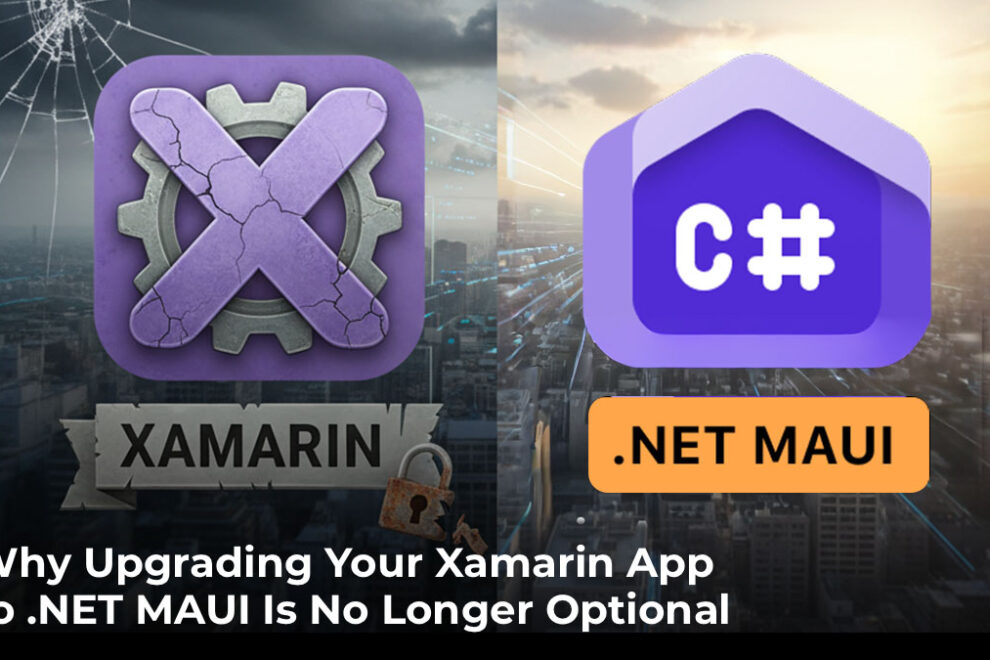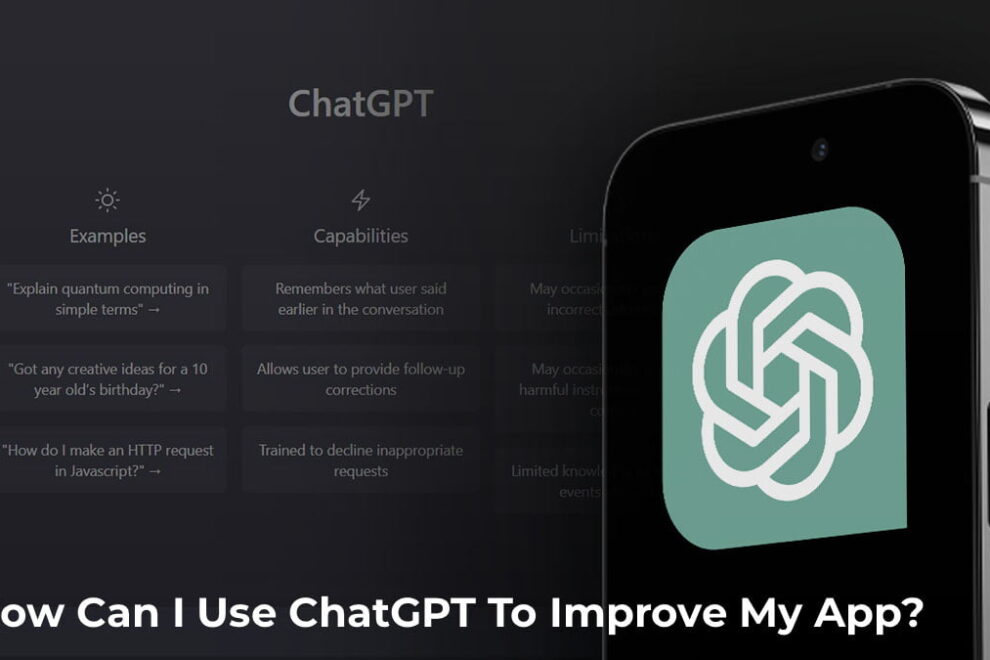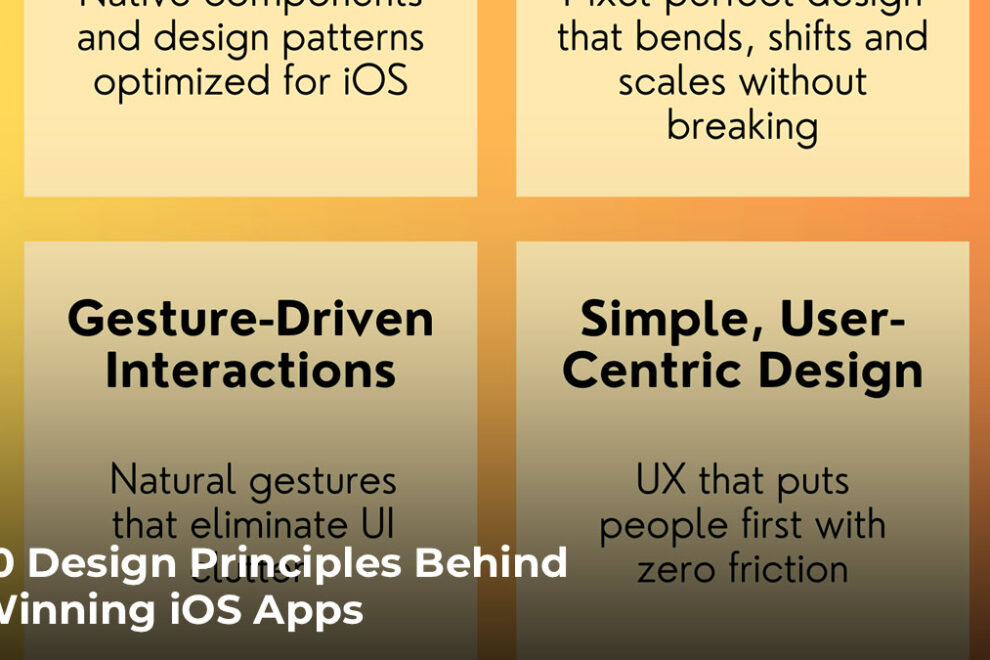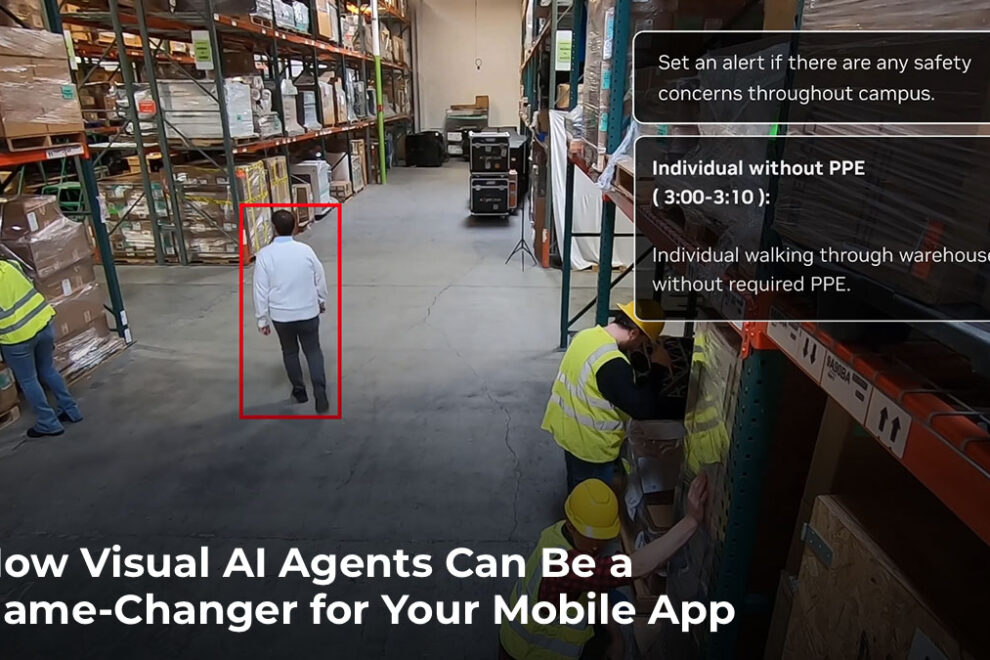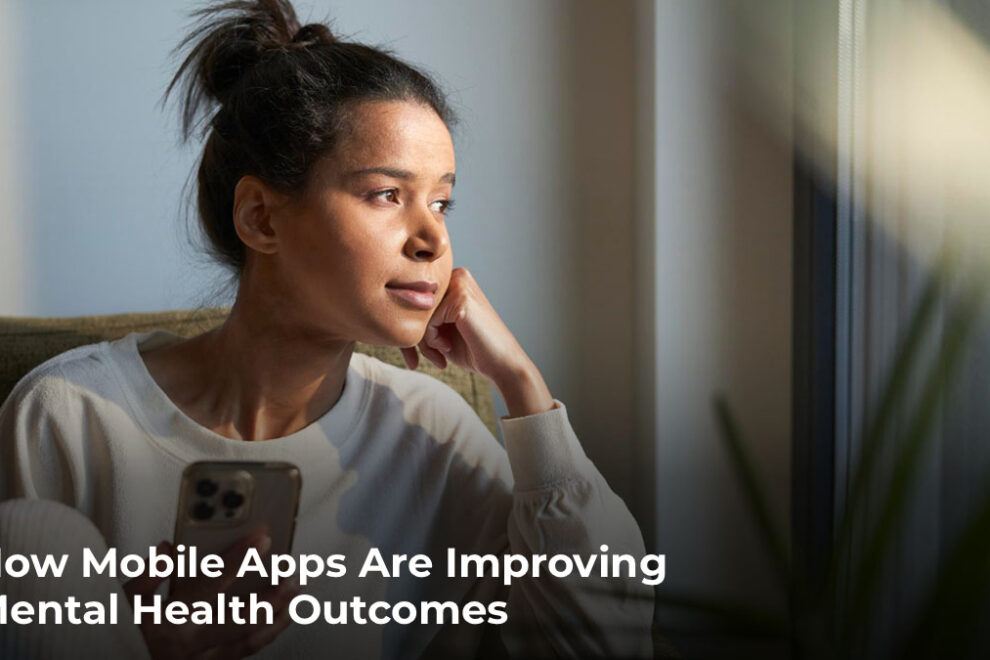What Are the Benefits of Progressive Web Apps for Business?

There’s always something new to learn about in the world of technology and apps. One that’s getting a lot of attention at the moment is Progressive Web Apps (PWAs). These apps take advantage of a range of technologies to offer the best of both worlds when it comes to web applications and mobile apps.
Progressive web apps aren’t actually that new, in tech terms. Google proposed the idea in 2015, and developers rushed to explore the idea, but PWAs took a little while to mature into the effective and efficient form of application they are today.
Progressive Web Apps are built using a combination of web technologies and the tools that power mobile applications. In simple terms, they’re websites that behave, from the user’s perspective, as if they’re mobile apps.
What Are the Advantages of Progressive Web Apps?
Progressive web apps offer several advantages for both end users and developers. From a user’s point of view:
- The user can “install” the app for easy access.
- Push notifications keep the user informed about important events.
- The app can save information to local storage, saving time for the user.
- PWAs are lightweight and don’t require a huge download.
- PWAs are easy to share with friends.
- Apps are platform-independent and don’t usually require powerful devices.
From a developer’s point of view:
- PWAs rely on the same technologies as websites.
- The apps are platform-independent so you can write them once, and they’ll run anywhere.
- There’s no need to worry about complex APIs and backward compatibility.
- You know all your users are running the same “version” of the app.
- Web apps can use standard mobile frameworks, so development is quick and easy.
The above advantages should not be under-estimated. Today, it’s estimated that there are 2.6 million apps in the Google Play Store. The Apple App Store, which is often thought of as having stricter quality control, has 1.8 million iOS apps. Discoverability is a huge issue for developers.
Telling someone about your brand’s app, getting them to click a link to go to a store, download the app (which may require a WiFi connection, depending on the user’s settings), then open it and set it up is a lot of friction.
Each step in that process creates the risk that the user might lose interest and decide not to bother installing the app. You’re much more likely to retain and convert the user if getting the app running on their phone is frictionless. Since web apps don’t require a large download, they’re much more likely to earn a place on the user’s home screen.
Progressive Web Apps vs Native and Hybrid Applications
Progressive Web Apps aren’t the only form of mobile app you can create today. Two other types of applications are native apps and hybrid apps.
Native applications are applications that are developed with a specific target platform in mind, such as iOS, Android, Linux or Windows). These apps are able to interact with the OS and the device’s built-in features directly. However, an app that is written with a specific platform in mind won’t run on a different platform. These apps must be downloaded and installed before use.
Hybrid applications are applications that can run on more than one platform because they’ve been written using a language that can run on multiple platforms. Hybrid apps may suffer slightly in terms of performance but can access the phone’s built-in features. These apps must be downloaded and installed before use.
Progressive Web Apps are websites that are designed with phones in mind. They don’t require installation before use, but they can be “installed” so that the user can access the app quickly and easily in the future. A progressive web app should run on any reasonably modern device that has an internet connection and can make use of the browser’s APIs to access additional features such as storage, push notifications, and even location data or the GPS.
In general, native applications will offer the best performance because they’re designed with a target platform in mind. That’s not to say progressive web apps offer poor performance. A well-designed and coded PWA can offer a sleek and enjoyable user experience.
For example, a game that has complex 3D graphics and multiplayer features would be a good candidate for being coded as a native application. On the other hand, if you’re making a loyalty app that allows a user to collect stamps each time they make a purchase, you don’t have to worry so much about frame rates and response times. Loyalty apps simply need to launch quickly so users don’t need to fuss with them for too long while they’re in the queue. This makes them a good candidate for being made as progressive web apps.
You can read a more in depth comparison of native, hybrid, and progressive web apps here.
Why Choose a Progressive Web App for Your Brand?

There are several reasons progressive web apps are a good choice for start-ups and smaller brands that are looking to deploy a mobile application. A few of the main benefits of PWAs are listed below:
PWAs are Lightweight But Offer a Good User Experience
PWAs are lightweight, allowing users to get up and running very quickly. They don’t consume a lot of internal storage, and as previously mentioned they don’t need a substantial download before the user can get started. This makes the user experience near-frictionless, increasing conversion rates and retention.
Near-native performance for a fraction of the cost
Developing a native app requires specialist expertise and it can be hard to see a return on your investment because of the difficulty of getting users to install the app once it’s released. PWAs can be developed relatively quickly for a fraction of the cost, yet offer near-native performance and good security. This means they can save brands a lot of money, while growing their reach.
PWAs are Robust and Secure
PWAs rely on HTTPS for their communication. This means users can feel confident that they’re interacting with a secure application. With native apps, they don’t have that level of reassurance. PWAs use modern APIs for caching and push notifications, so developers don’t have to reinvent the wheel in ways that may create security holes.
Responsive Interfaces Look Great Anywhere
Responsive design is something most web developers are familiar with, and it’s a principle that applies just as well to web apps. Progressive web apps use the same responsive design principles as websites so they run just as well on compact phones, phablets and tablets. Whatever form factor the mobile device is, users can feel confident they’ll have a comfortable and consistent experience when they load up a progressive web app.
SEO for Your App
Because PWAs are websites that look and feel like apps, the same SEO and analytics principles that apply to websites apply to these apps. You can record and analyze user behavior using the same tools you do for your website, and you can allow search engines to crawl the app too, increasing discoverability.
If you have an existing web presence, you can use that for your PWA, so users are interacting with the same server and their data is remembered regardless of whether they’re on the main website using their desktop or laptop or logged in on their phone.
Rapid Development and Deployment
PWAs can be easier to code and you can deploy them far more quickly than you can get a native app up and running for Android or iOS. If you’re a start-up or an SME and you want to get a mobile presence quickly, having a PWA created for your brand is the most cost and time-efficient way to do so.
In addition, you can develop and deploy new features quickly, and users will have access to them the moment they’re deployed. There’s no need to worry about supporting older versions or figuring out whether your users have access to the latest features, because you know exactly what they’re seeing on their screen when they visit each page.
The average load time for PWAs is just 2.75 seconds, which is approximately eight times faster than an average mobile landing page.
Source: Google
What Frameworks do PWA Developers Use?
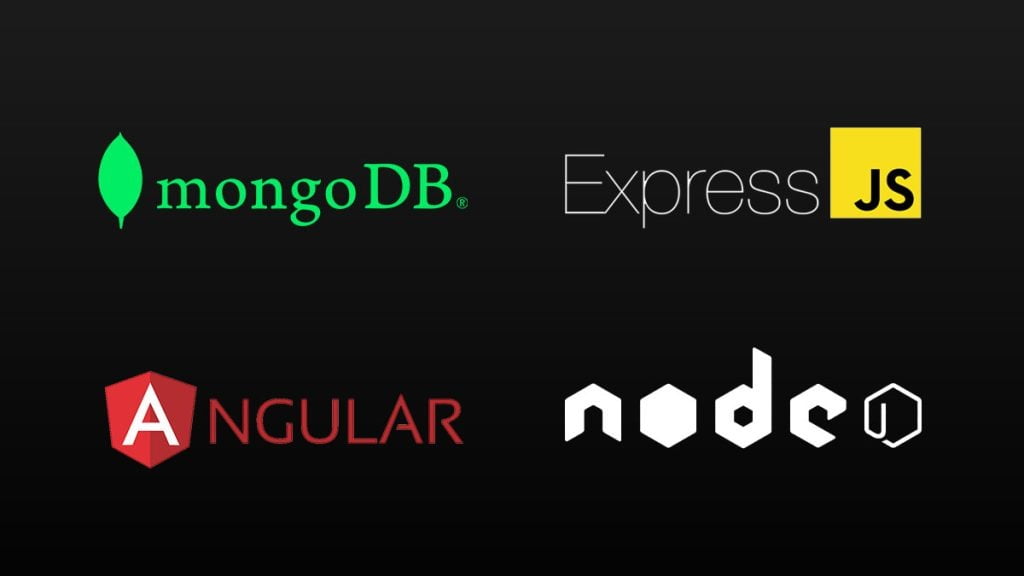
Progressive Web Apps can be made using a variety of frameworks and development stacks. One stack that is popular with PWA developers is the MEAN stack:
- MongoDB for data storage
- Express.js as the web framework
- Angular for front-end development
- Node.js for back-end development
Not all developers use this stack of tools. Some developers prefer to use React over Angular, for example. Other JavaScript frameworks such as Vue.js are gaining popularity with developers too. Vue is a lightweight, high-performance front-end framework that avoids redundant code.
Developers who don’t like Java may choose Python or custom PHP development for their back-end code.
There are benefits and downsides to all frameworks. Brand owners and users don’t really need to pay attention to which frameworks are used as long as the app runs well. If you’re looking for a developer to make a new PWA for you, the choice of framework is not important as long as the developer knows the framework well and it will run smoothly for your use case.
What Does the Future Hold for Mobile App Development?
PWAs are firm favorites for developers who want to deploy apps quickly and efficiently, and for users who want a frictionless experience. A well-designed PWA “just works,” and users don’t need to pay attention to the technology that’s powering it.
Technology doesn’t stand still, however, and PWAs are seeing their own improvements and changes. PWAs, as they stand, are ideal for loyalty apps, shopping apps, and communications, but games and other resource-intensive applications don’t tend to run too well in the browser because JavaScript is a relatively slow and inefficient language.
That’s where new technologies such as WebAssembly come in. WebAssembly lets developers code an app in their language of choice, then compile that language into bytecode that will run efficiently in the browser, avoiding the performance hit of JavaScript.
You can then connect that WebAssembly back end to front-ends that rely on CSS or HTML, giving you the best of both worlds in terms of flexibility and performance. Other developments such as serverless app development can increase the reliability of your web app, ensuring you maintain a good user experience even during outages or periods of heavy load.
Companies that use PWAs notice an increase in mobile sessions by nearly 80%, page views by nearly 134% and overall engagement by 137% (in some even up to 400%).
Source: Google
PWA Development For Your Brand
At Zco, we offer progressive web app development as well as a variety of other services. Whether you’re looking for a lightweight and simple web app, an augmented reality game or a cross-platform communication app for your business, we’re here to help you.
Our developers have expertise in developing apps for Android and iOS and create apps that run well on older devices and the latest flagships. Contact us today to discuss your needs and learn how our app development services can help you reach a wider audience.


